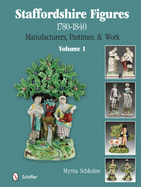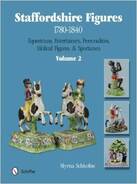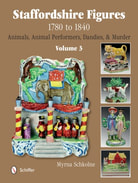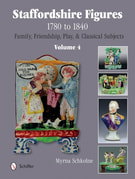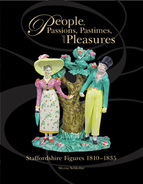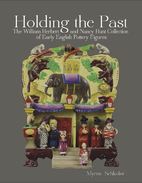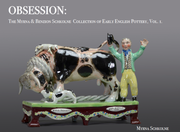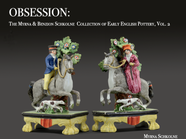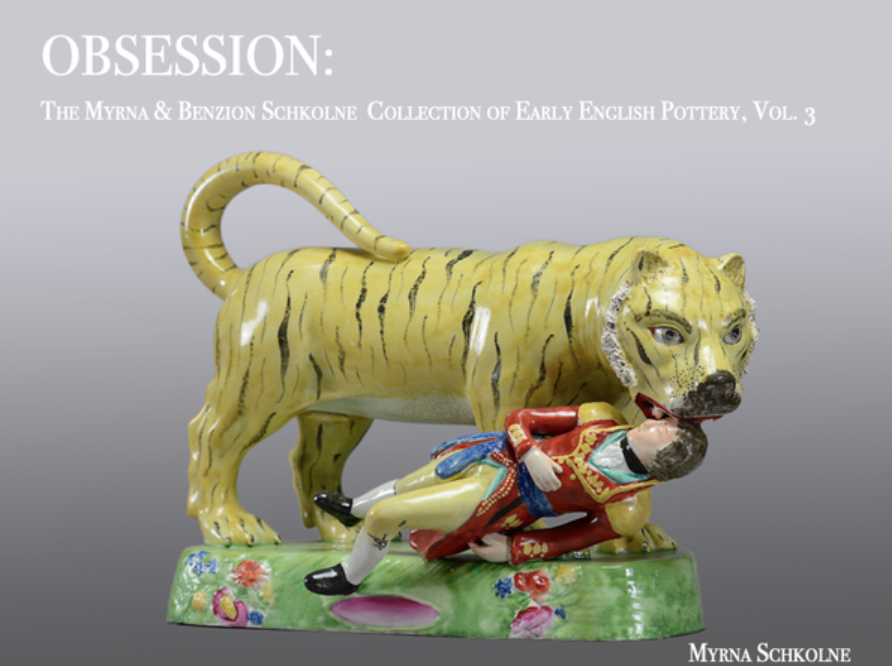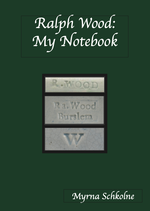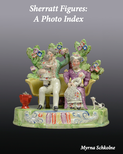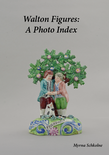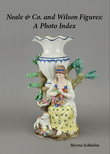Several years ago, my husband surrendered. He paid the ultimate price of living with a pottery addict: out went all our unneeded books because the shelves were needed for figures. The books had all been great reads once upon a time, but realistically we were never going to read them again. Of course, my reference library was another story. It remains, filling shelves that line my office. But beyond my office, shelves in the Schkolne household display figures, not books.
I am VERY fond of all my reference books, even those that are hopelessly inaccurate and of little academic worth. In that category, I include Anthony Oliver's "Staffordshire Pottery." I never knew Anthony Oliver because his Kensington Church Street shop, Oliver Sutton, was unwelcoming, to put it politely. Collectors' yarns of the difficulties of 'getting in' are legendary. I once achieved momentary success, but the man who had opened the door stood holding it open while I looked. My rapid departure was expected! I was so young then. No-one would stop me today. I was told that you had to have blue-washed hair and an American accent to be allowed to linger and I will never qualify on either count!
Anyway, I hold no grudge for Oliver Sutton's lack of hospitality. If anything, I believe I would have really liked Anthony Oliver if we had been allowed to know each other. How do I know this? Well, the man just LOVED figures. His love for them oozes through each page he writes. So I know I would have loved him. ..if he had only given me the chance.
This evening I pulled down from my shelf Anthony Oliver's "Staffordshire Pottery: the Tribal Art of England" and thumbed through looking for a picture that I just knew was there. I had seen an unusual sailor figure when I was at the NEC antiques show two weeks ago...and I was sure that the figure was in Oliver's book. It had been playing on my mind. And I was right. There it was on page 146. I thought the figure was rare as I could not recall another example. And Oliver also knew it was rare.
The figure I saw at the NEC was on the stand of Hiscock and Shepherd--John Shepherd is the pottery half of this partnership, while Erna Hiscock does the needlework and one or other of them buys an eclectic range of treasures. I snapped the figure for my photo archive, so here it is.
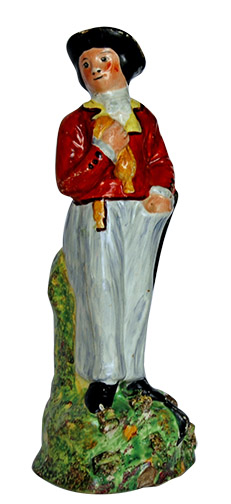
This is the figure I saw in John Shepherd's stock at the Birmingham NEC this month. He leans on an anchor. H: around 8".
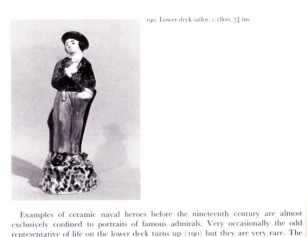
A similar figure is in Anthony Oliver's book. H: 7 3/4". As Oliver reminds us, such figures are "very rare."
Oliver writes: Examples of ceramic naval heroes before the nineteenth century are almost exclusively confined to portraits of famous admirals. Very occasionally the odd representative of life n the lower deck turns up but they are rare.
I sat and thought about the figure and it added up. These figures were made for upwardly mobile, middle class homes. A lower deck sailor was hardly a desirable parlor ornament, so few would have been made. Then I remembered that photography had not yet been invented, so having photos of distant loved ones was unknown. Surely figures served as substitues? Did some lass treasure this figure because it reminded her of her own Jack Tar, perhaps away at sea fighting Napoleon? Or did some mother cling to it as a reminder of a lost son? Of course we shall never know. But it does make me think again about the role of figures in the lives of those who first owned them.
John Shepherd's figure may/may not be available and it was a very modest price, which at today's exchange rate is another example of a figure that can be bought for around the price of a night in a NY hotel room. John, like Anthony Oliver, just LOVES early figures--and he doesn't bite. Rather, he is one of the nicest, most interesting dealers.
http://www.ernahiscockantiques.com/view_category.php?category_id=20

